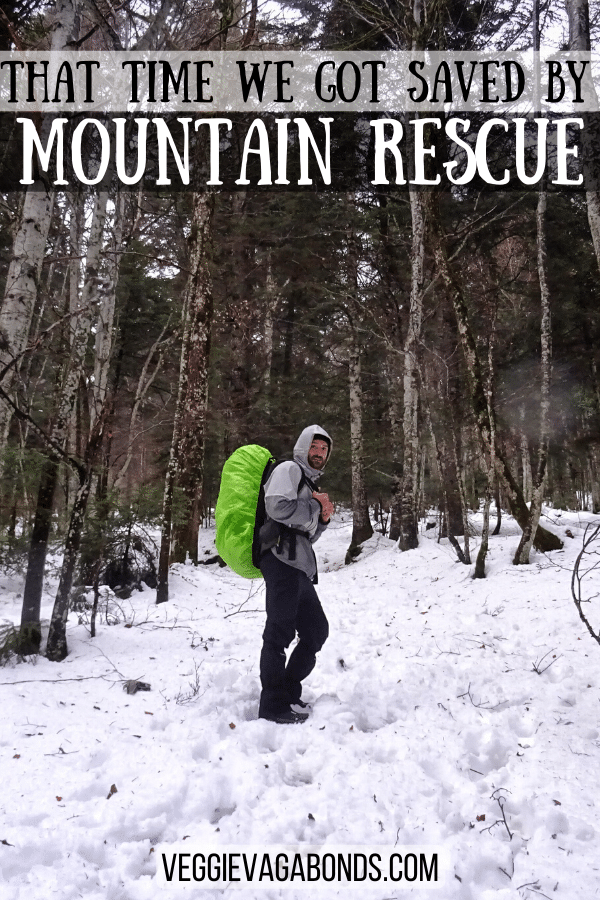Our 4-day hike across the Jura Mountains in France ended up with us getting saved by mountain rescue. This is exactly how things unfolded…
Another gust of wind breaks the eerie silence, violently shaking our tent with its walls closing in around us. A vague voice can be heard in the distance and light becomes visible through the synthetic material of the tent. I blow hard on the emergency whistle around my neck. Slowly a number of different lights float their way closer and closer in the darkness outside, shining bright green through the camo-coloured tent shell. The outer zip begins to open, the wind whistles in and slowly the crispy frozen material is pulled back.
“Are you okay? Can you walk?”
Battles a distinctly French accent over the relentless wind, as their face peers inside and headlight blinds us. I overhear a walkie-talkie bleep and someone confirming they’ve found the tent, with two people who are able to walk.
Our gear is all packed up beside the single camping pad we’re both huddled on to protect us from the frozen ground. After pulling on our boots an arm comes in to help us out into the frozen landscape.
“Oh shit” – surrounding the tent is a team of 5 mountain rescue workers, equipped with ice axes, crampons and climbing gear, wearing high vis clothing and ski masks, working to deconstruct our tent. There’s a trail of light beacons in the background leading out of sight but to what we’d shortly learn was another 10 mountain rescue workers positioned with snow buggies to take us to safety. Further down the mountain are at least another 15 brightly lit and well-equipped rescue workers, two ambulances, a number of off-road vehicles, trailers to carry the snow buggies and a handful of other cars – all with lights like Piccadilly Circus on the dark mountain.
“Is this all for us?” I say to Sarah. Our 4-day hiking trip along the Jura Mountains was finished in 12 hours and with the help of Mountain Rescue.
– – – – –
When you’ve only got four days off work and you’re hungry for an adventure it’s difficult to let a bad weather forecast put you off. It wasn’t even a bad forecast it just wasn’t clear skies and sunshine. The first day was set to be the worst overall, with lows of -5°C, wind speed around 15 mph (despite Storm Ciara causing mischief further north) and light rain turning to snow above 1,100m. It wasn’t great but it was workable and our gear was more than equipped to manage it.
If we had the time, would we have moved our trip back a few days for better conditions? Probably, but we didn’t, and so we didn’t.
Our plan was to hike a section of le Grandes Traversées du Jura, or GTJ, on a 100km route reaching a maximum altitude of 1,720m at Crét de la Neige: the tallest point of the Jura Mountains. Local hiking forums advised that some sections were icy but there was little snow. Not enough to warrant crampons or snowshoes but just to be vigilant.
Weather checked, route planned, gear organised, GPS downloaded and food prepared. We felt confident with our experience and that we’d done the right preparation to manage hiking during the winter months, so we headed off from Bellegarde-sur-Valserine train station around 9 am.
The start of the trail was actually pretty damn stunning, following along a wild, moss-covered river path. Looking back at this photo, it was pretty crazy how drastically different the day started and ended.

With little views after the river, our heads stayed down and feet kept moving. The morning and early afternoon whizzed by in a blur and by 3 pm we had hit 1,200m, having zig-zagged our way through a steep forest before eventually breaking through onto alpine meadows. A thin layer of wet snow had begun to fall and low lying clouds made visibility very slightly worse.
At the time, this wasn’t of much concern; the route was also well marked with frequent, easy to spot signposts so altogether it was a relaxing hike, just with some unfortunately cloudy weather.
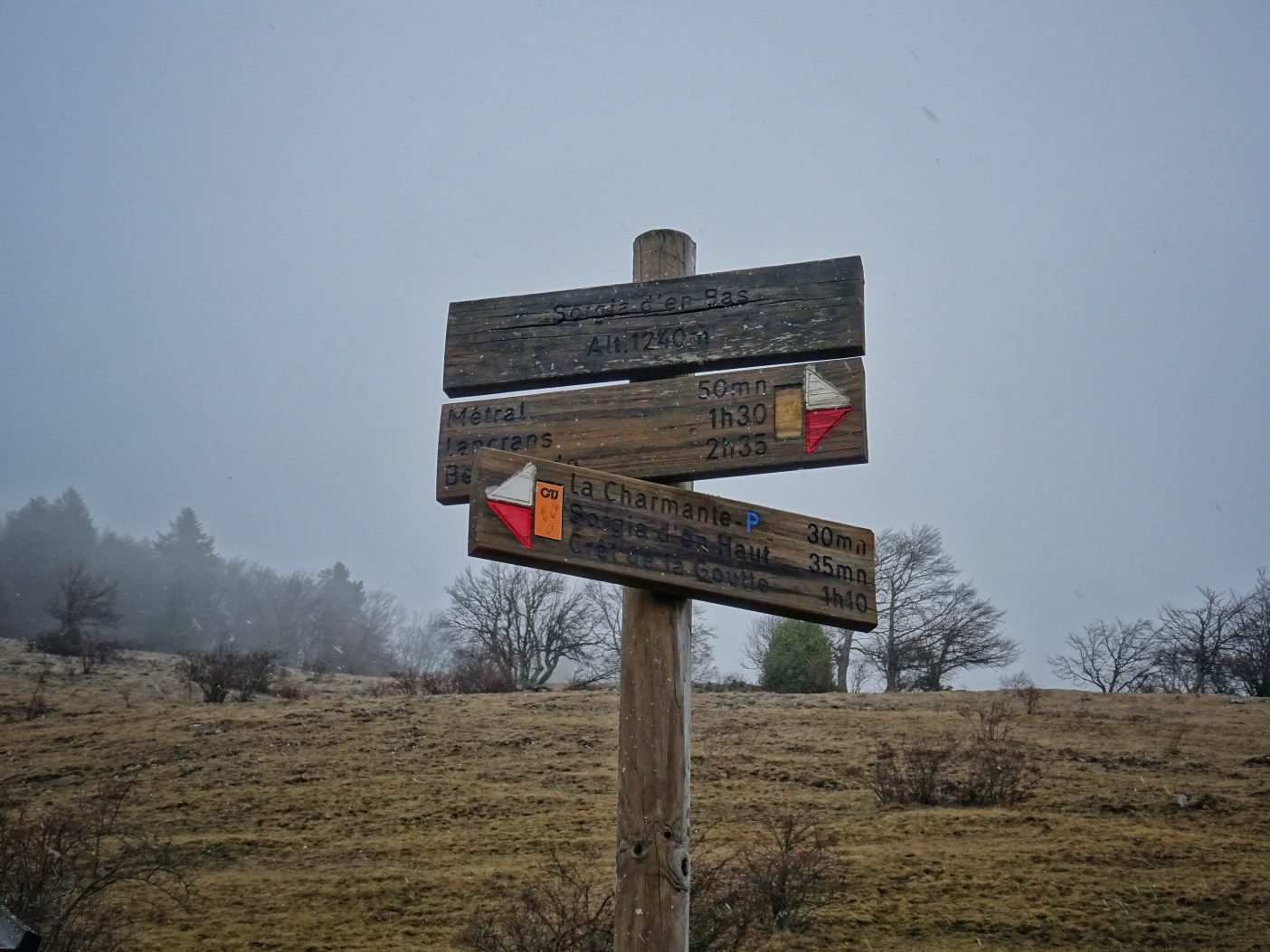
6 hours of hiking later, we arrived at our first unguarded mountain refuge. Both the refuge map inside and a hiking signpost outside showed the next shelter to be 40 minutes further along the trail, though it wasn’t visible on our GPS. With another 2.5 hours of sunlight and okay conditions continuing to the next one came as a natural decision.
Back outside, a group of chamois sat undisturbed 20m from the trail, immediately giving us that baffled what on Earth are you doing look that alpine animals often seem to give. In the 10 minutes we’d spent indoors a thin layer of fresh snow had covered the mountain. When you can’t see your distant surroundings, it can be quite easy to forget you’re alone, hiking up a mountain and away from civilisation. Seeing the inquisitive chamois was a reminder.
Over the next hour, we gained another few hundred metres of elevation and very gradually the weather started turning. The air developed a harsh bite and the winds picked up, but, the most noticeable change was the visibility; it was constantly getting worse and the knee-high orange and white painted waypoint markers were becoming harder and harder to see.
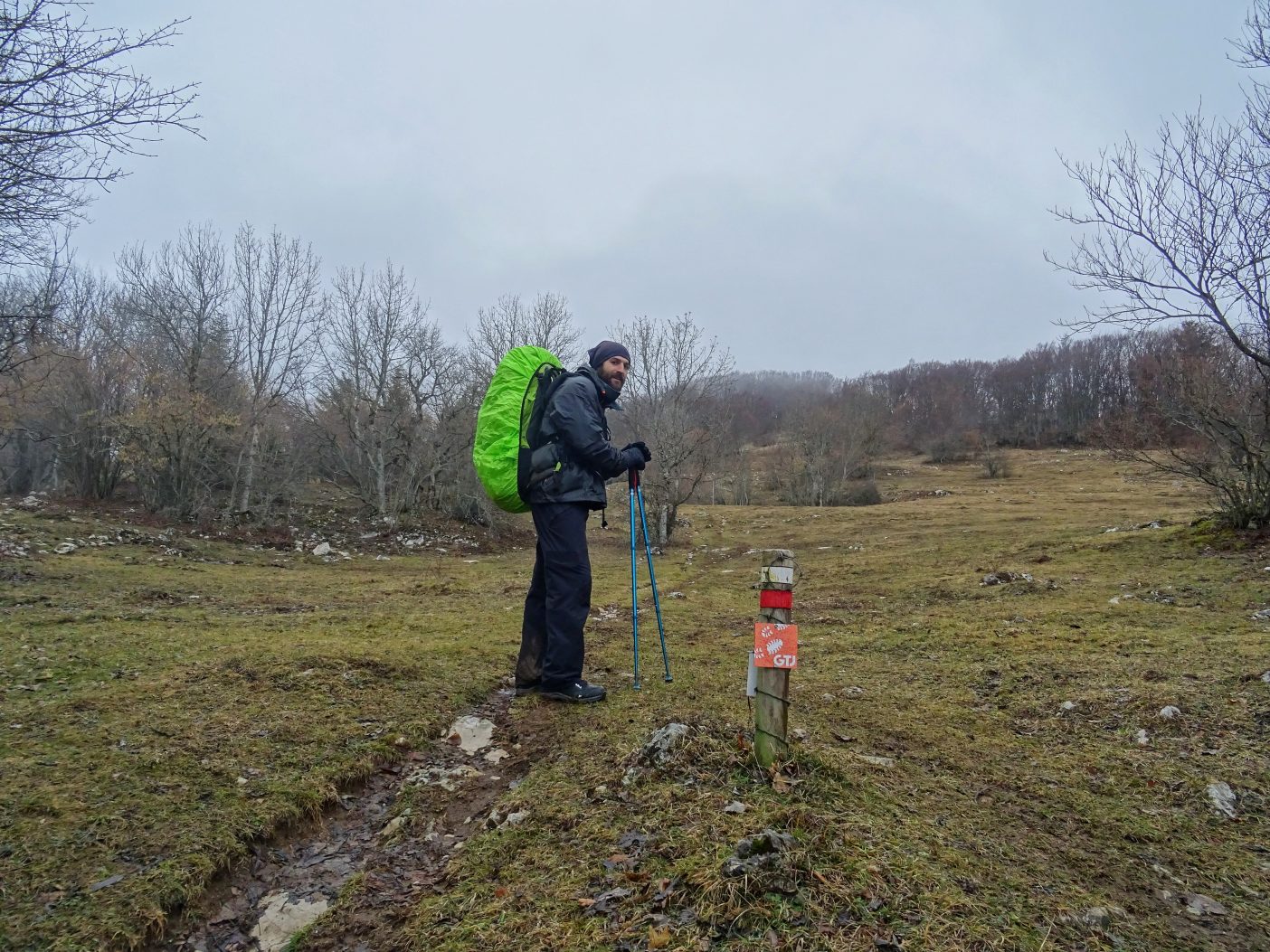
Progress started slowing as we became more cautious with our footing and navigating. An hour on from the first refuge at around 1,400m, the thicker snow was littered with large patches of ice and visibility was officially crap. Much of the hiking had become pretty daunting and the diversions to avoid large patches of ice on steep sections had slowed everything down to an amble.
Then came the first marker we couldn’t see. I glanced towards Sarah. She seemed calm, giving me more confidence.
Sarah waited by our current position and I slowly moved ahead to search for the next little white post. Whilst doing this, I could feel the surface under my feet become icy. My feet began drifting, and, despite jabbing my hiking poles into the ice, I started sliding down the side of the mountain, eventually stopped by the grip of thicker snow 10m further down. Heart beating through my chest, I turned back to spot a barely visible Sarah through the snow and cloud.
Oh fuck moment #1.
With the flat white surroundings and now heavy snow, it was damn hard to see what I was actually sliding down to. If there were sheer drops 20m ahead you wouldn’t have been able to tell.
Clawing my way around the ice back to Sarah, we both gave each other an identical concerned glance. It was now 4.30 pm, we’d been hiking for 90 minutes towards a refuge that was supposed to be 40 minutes away. There was one more hour of daylight and the conditions were constantly deteriorating. At our pace, the refuge must have been close but there was no way to check. If the signposting wasn’t obvious we could easily have gone past it but as it wasn’t on our GPS we couldn’t tell.
“How you doing? The visibility isn’t great… are you happy to keep going?”
Sarah seemed undeterred and we agreed to continue slightly further in the hope of finding the refuge. Failing this, we’d pitch the tent and wait the night out for the clearer weather in the morning.
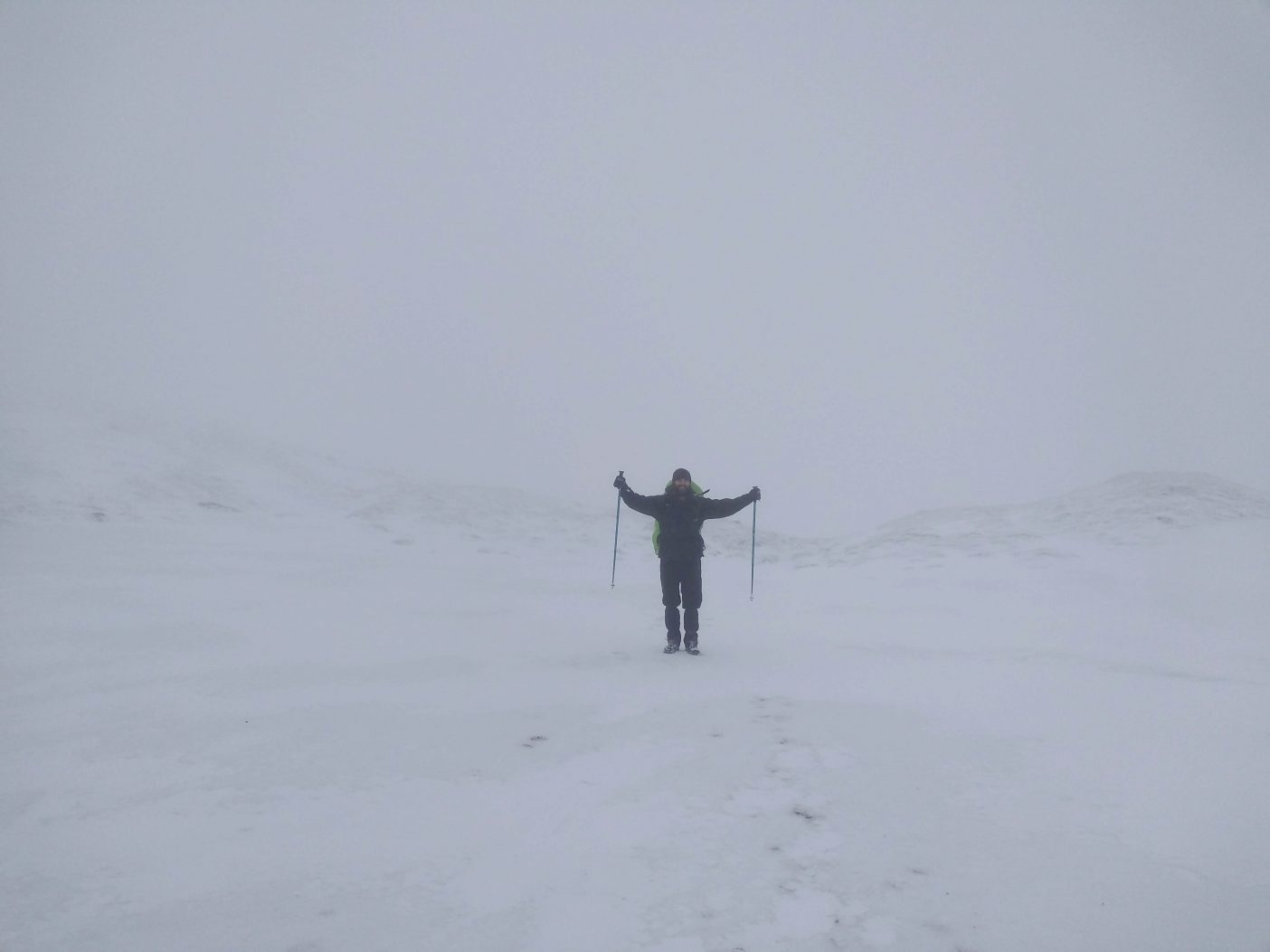
About 10 minutes after my ice slide, a vague silhouette of a black cross could be made out from the completely white surrounding on slightly higher ground. It was bloody ominous. Neither of us are religious but seeing a black crucifix in a stormy white sky when you’re in a dangerous mountain situation is enough to make you shit your pants.
It turned out, it was the 1,621m summit of Le Grand Crét d’Eau with a traditional cross at its peak. Sarah’s energy seemed to be lagging and after dropping slightly from the summit everything took a turn for the worst.
Winds started ripping across the mountain, sharp gusts of snow were cutting against our face, temperatures had plummeted, and, most dangerously, we could barely see more than an arm’s distance ahead. Right there, standing on a 1,621m peak, with horribly icy surfaces and no visibility, we knew it was a very dangerous situation.
The trail markers that had taken us to this point were no longer visible and nothing could be seen further ahead either. With the visibility improving for moments, there seemed to be a slightly flatter path further ahead so we struggled through the wind and made our way over to it.
Rather than the we’re gonna die!!!! thoughts trying to make themselves known in my head, I ran through a list of dangers, options and outcomes.
We had ample food and water, communications, enough layers for up to -15°C and shelter. Now firmly caught in a whiteout, moving wasn’t safe, made worse by daylight dropping, and so shouting over the wind we agreed to set up our tent and wait out the weather till morning.
I don’t think either of us truely realised how strong the winds were until taking the tent out – it was almost ripped from our hands and near impossible to pitch. With loose snow all around us, then we realised the tent pegs would be useless, bringing the worry of being blown down a mountain inside our tent.
For the first time I saw fear in Sarah’s face, immediately making me more aware of the events which seemed to be spiralling out of our control.
Quickly stuffing the tent back into the rucksack, it was time to get back down the mountain. I didn’t know the phone number for mountain rescue and by this point my fingers were too cold to try and search for a number online. I called the police and vaguely conveyed that we were on the Jura Mountains and having trouble. None of which was made easier by my pants French. Raising the phone, I realised my hat was frozen solid and my beard was covered with ice. There was such a deafening wind it was impossible to hear, and I put the phone down.
READ MORE: Mountain Safety Tips from the Pros

We both stood beside each other, bracing the wind, looking for the direction we’d come from. It was impossible. Everything was white. There was no way to make out our surroundings or spot icy sections. It wasn’t safe to move but it was getting seriously cold and we needed shelter.
The wind and snow had dropped the temperature far below freezing, so making shelter became the priority. At a point just further ahead Sarah could make out a small ridge that had tufts of grass in front of it. Wind shelter and space to get the tent pegs into solid ground.
Now it was 6.30 pm and dark. Shaking from the cold (and this time nerves) we tried the tent again. In my head, I knew if the tent got pulled from our hands our situation would become significantly more dangerous. We both gripped on as though our life depended on it (which it quite possibly could have). Pitching that tent was probably the most nerve-wracking point of the whole experience. The one point I thought shit, we could potentially die.
The tent didn’t get ripped from our hands, despite the cold weather and frozen fingers making it brittle and horrific to pitch. The ground was slightly more solid for the tent pegs but the small ridge didn’t provide any shelter from the wind. We dropped inside the tent and proceeded to be battered by the tent walls which constantly rumbled and collapsed in on us from the elements outside. At least the tent pegs were holding, with the winds crashing over the top of us rather than lifting underneath.
I looked back at my phone to see missed calls and messages from a number saying it was mountain rescue and asking for our location. I sent our coordinates and explained the situation:
“There is very low visibility, we are away from the path and can’t see our surroundings. We have food, water and warm layers but our shelter is not properly secure in the high winds.”
With the current conditions, which thankfully didn’t seem to be getting worse, I asked for advice. We were told the wind would be dropping and that visibility would be clearer in the morning. Though visibility was still terrible, we both felt comfortable that our tent would manage the wind through the night. The mountain rescue operator agreed we had enough equipment to wait out the weather, which was improving, and then to come back down the mountain with daylight.
At 7 pm, both looking at each other very shaken but glad to be inside the tent, we agreed this was the best decision.
Warmth slowly coming back into our fingers and faces, we unpacked the sleeping pads and bags then finally ate some food. In the rush of the day’s events, we’d barely eaten and realised it was mostly nerves and adrenaline carrying us and our 25kg backpacks up the mountain. Wrapped in warm sleeping gear, with the flapping tent walls very gradually subsiding, a small sense of relief started to creep in.
Times like these, insurance can be a real lifesaver – check out our guide to the best backpacker options

“We’ve sent a mountain rescue team to get you. They’ll be with you by 8 pm”
Not a message we were expecting to see. Half an hour later the operator confirmed his team had decided it would be safer to take us from the mountain in case the weather changed. The later it got the more dangerous it would be to get us. We’re not experts and didn’t argue.
And so, with little energy we began packing up our gear and perched together on a single camping pad, eating flapjack and peanuts with our bags ready to go.
By 8.30 pm the team reached us and helped us pack away the remainder of the tent. There were 5 mountain rescue workers, plus us two, all struggling to feed the final tent pole out of the tent. It was like the start of a familiar joke: how many people does it take to deconstruct a tent?
Back out from our shelter and the clouds had significantly lifted, enough to see our surroundings for the first time. It turned out there was an unknown sheer drop not far from our position with patches of ice everywhere. Having not moved for an hour and now being exposed to the elements, the whole of my body was shaking as the team slowly navigated us less than a kilometre further downhill. Even the rescue workers were sliding on the ice and this is where we truly realised how dangerous the situation was.
As we slowly trudged down, guided by light beacons and a handful of the rescue team, one of the guys pointed towards to visible lights of Geneva and cheerfully remarked, “look, wasn’t it worth it for this view?”.
A hugely important message!
There were at least 20 men and women that came to help us and we’re beyond grateful to all of them. They were friendly, professional and warm, not seeming at all angry about being called out. A friend told us of their saying “we don’t judge, we just save lives” and this completely shone through. I’m not sure if we were expecting to get told off or lectured on mountain safety but it felt more like a group of our outdoor-savvy friends coming to help us out of a sticky situation.
They brought us down the mountain, checked us over in an ambulance and then dropped us off at the closest train station in time to catch the last train. They gave us a simple yet warm goodbye like it was any old day at work.
It was our first run-in with mountain rescue – and hopefully our last unplanned one – but it really opened our eyes to the incredible work they do, particularly as volunteers. They save lives and make the outdoors more accessible so we’d like to help them with that if we can. Currently we’re in communication with them to see how to do that best but we’ll update this a.s.a.p.
It’s a good idea to keep emergency numbers to hand, this post has some useful advice for European trips
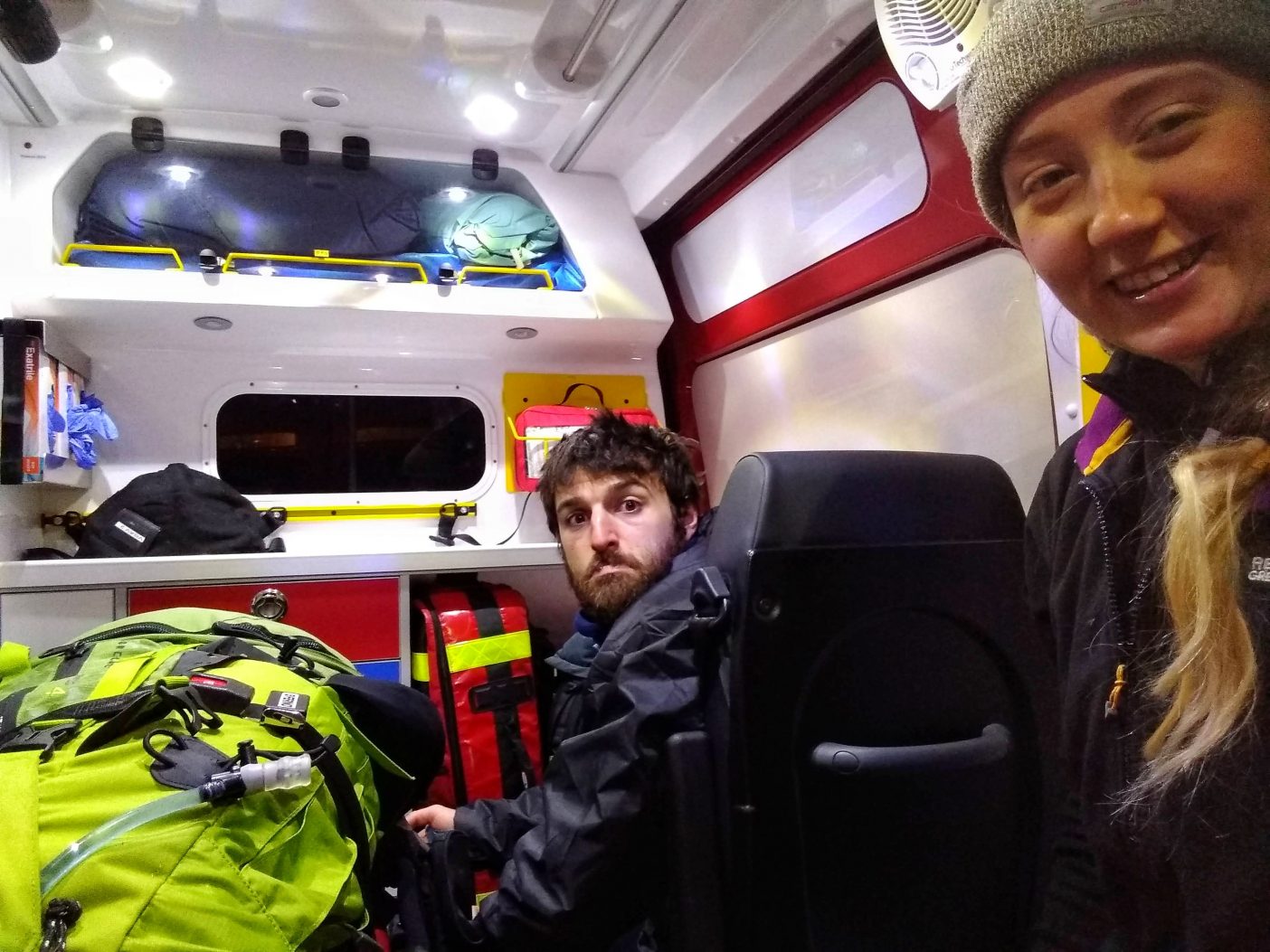
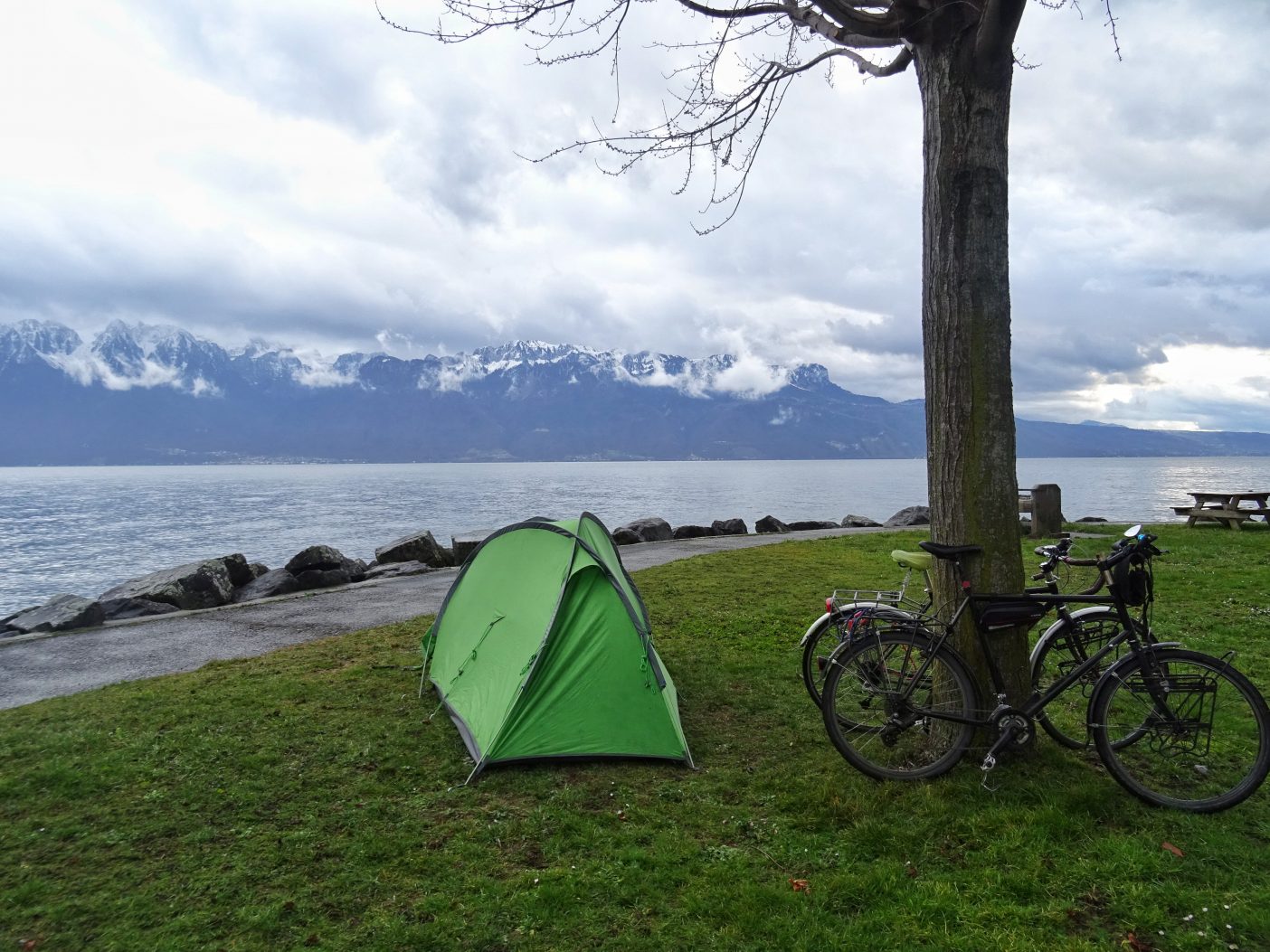
And many lessons learned…
Could this have been avoided? Was it stupidity that got us into danger? Yes, partly. I won’t try and defend our experience/equipment/circumstances etc, all told, we underestimated the mountain and paid the price.
In hindsight, we should have turned back when visibility became poor. You never know how old maps or signposts are: who knows if the refuge we were searching for actually exists? Maybe it was just around the corner? Without the location on our GPS and with increasingly crummy weather the sensible thing would have been to go back to the first refuge. Doing that and we might have completed our 4-day hike and not brought 20 odd mountain rescue workers into the freezing cold. Putting ourselves in danger also put a lot of other lives at risk and this we’ll always remember.
Everything considered, this whole ordeal has taught us to have much greater respect for the power of mountains and the outdoors.
In a strange way, feeling the real force of the elements and mountains has left me in awe. It’s inspired me to continue pursuing an outdoors lifestyle but to approach with caution and gradually build up the right skill set and knowledge.
With our 4-day trip finished in just 12 hours, we still had a few days off work. After a days recovery, the camping gear was moved from backpacks to panniers and we set off to cycle the Tour du Leman: a 200-km cycle route around Lac Leman in France and Switzerland. Still equally pants weather but at sea level there was no risk of running into mountain rescue again!
Have you had any experiences with mountain rescue? Tell us in the comments below!
Keep exploring…
Facing Fears in the Great Outdoors
Sean Conway: Ethical Adventures Interview Vol. 1
Tent Life: the Reality of Long-Term Tent Living
